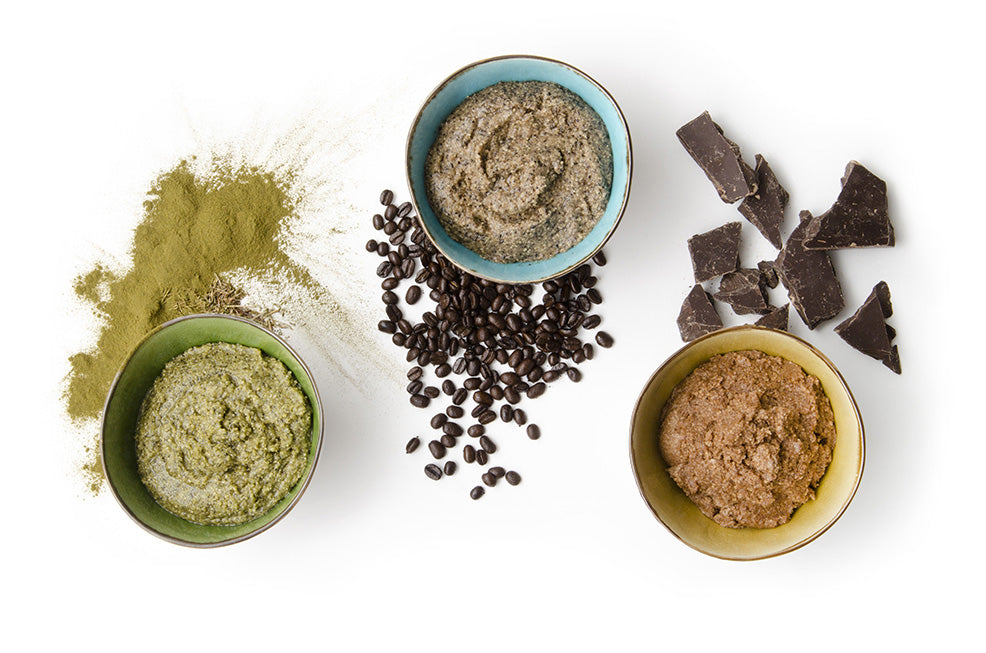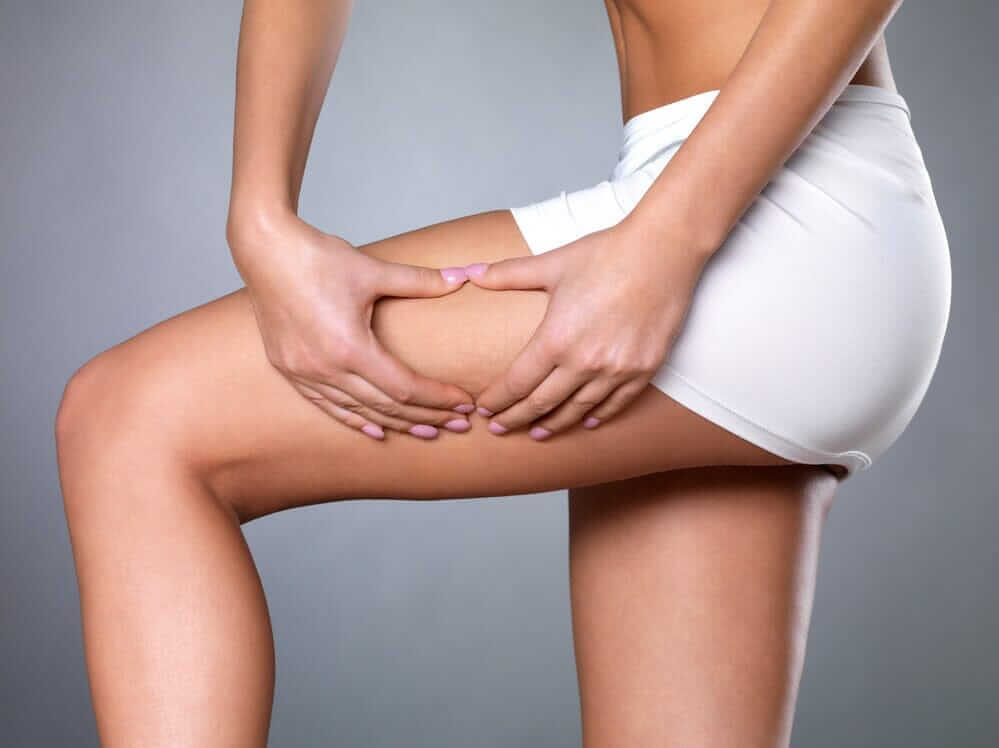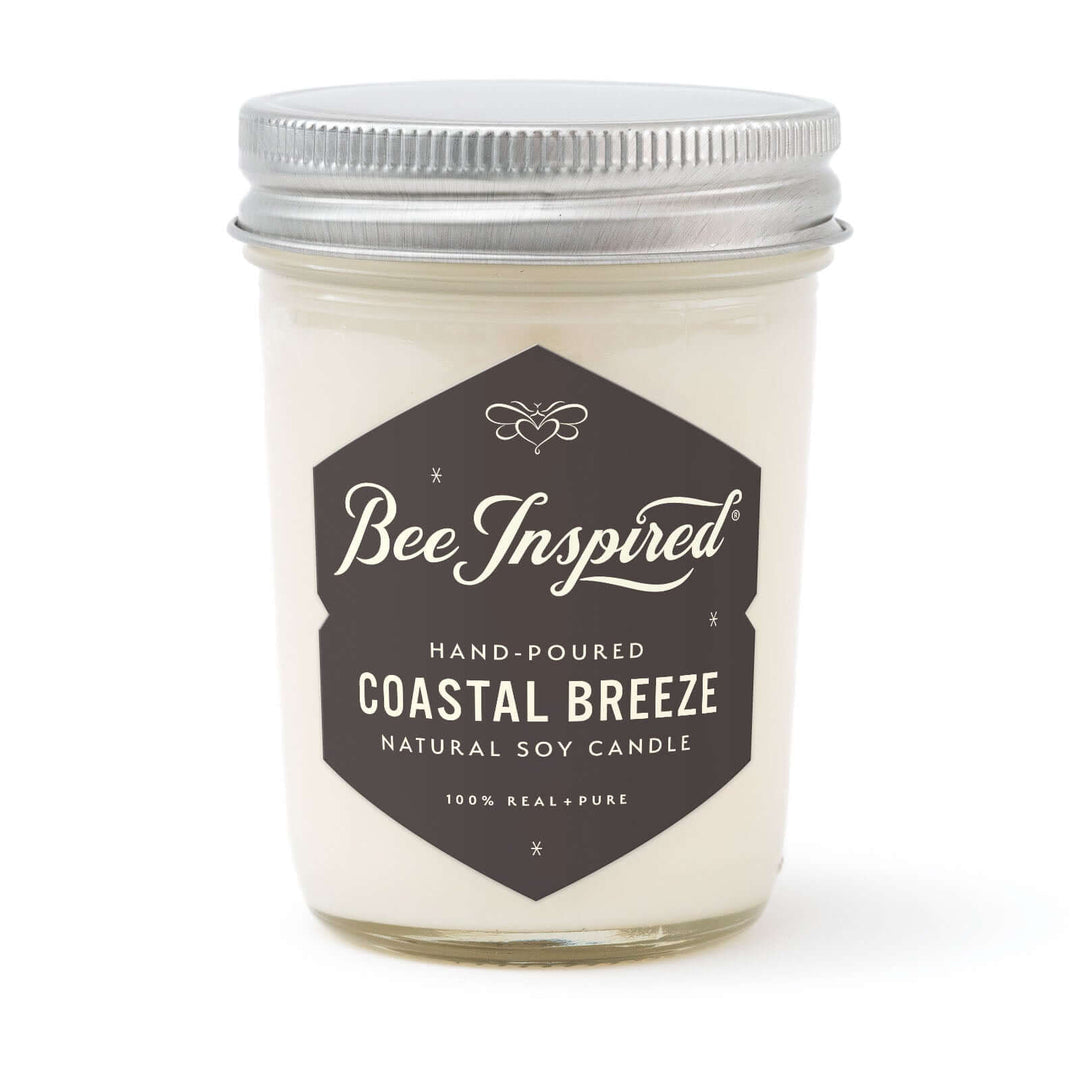If you’re a woman over 40, chances are you’ve heard the term “cellulite.” You may have even noticed it on your own body. Cellulite is a common skin condition that affects up to 90% of women and can cause the skin to look uneven and bumpy. But what causes cellulite, and how can it be treated? This blog will explore the various factors contributing to cellulite and discuss treatment options.

What Causes Cellulite?
Cellulite is often referred to by different names in the medical field, such as fibrositis, adiposis edematosa, status potrusus cutis, and dermatopanniculosis deformans. No matter what you call it, it all refers to the same thing: skin's uneven, bumpy appearance. Though its various names make it sound like a disease to be treated aggressively, researchers have long dismissed this claim, and it's simple to combat cellulite. The main reason revolves around genetic predispositions that inherently accompany the territory of womanhood. Researchers hypothesize that the different structures of female fat deposits and connective tissue under the skin compared to men explain cellulite's prevalence in women. Fat cells press on the thin upper layers of skin, and the underlying connective tissues hold the skin down tight, causing the bumpy appearance on top of your body, known as cellulite.
Treating Cellulite
There are many ways to treat cellulite, depending on what works best for your lifestyle and budget. Exercise can help reduce excess fat in problem areas which will reduce lumps when combined with dietary changes like eating more fruits and vegetables for their fiber content which helps flush out toxins from your body cells and reduces water retention in fatty areas, thus reducing lumpiness associated with cellulite caused by water retention anyways! Additionally, topical treatments such as retinol creams or massages can help improve circulation in affected areas, which will help diminish lumps over time if done regularly enough! Lastly, laser treatments offer another option for treating stubborn cellulite with no downtime required after each session while also providing lasting results that won't wash away after one shower! All three treatments can be used together for maximum benefit if desired - just be sure to consult your doctor before starting any new regimen!

Treatments to combat cellulite
- Dry brushing is a method in which you stimulate circulation in the upper layers of the skin. This aids in the flushing out of excess fluids that may be present. Dry brushing may temporarily reduce dimpling, but many consumers seek more sustainable and effective treatment options.
- Conceptually, products incorporating caffeine help induce lipolysis, breaking down stored fat. This helps decrease localized girth and swelling, a key component in treating cellulite around the thighs and glutes.
- The most important thing to remember with topical treatments is consistency. Research articles conclude that regular use of products sustains their positive effects by reducing the appearance and severity of cellulite. However, they are not likely to yield the desired outcome without consistent use.
Consider trying scrubs from our Caffeine Series to help combat cellulite and smooth away problem areas. With a healthy diet, exercise, and consistent use of our Grounded Scrub or Haute Cocoa Scrub, you can start combatting cellulite today to be a healthier you tomorrow.
Cellulite is a common issue among women over 40, but luckily there are various ways to treat it depending on what works best for you! Exercise is always a great option because it reduces excess fat in problem areas and helps flush out toxins from your body cells, reducing water retention in fatty areas, thus reducing lumpiness associated with cellulite caused by water retention anyways! Additionally, topical treatments like retinol creams or massages can improve circulation. In contrast, laser treatments offer lasting results without any downtime required after each session - so don't despair if you notice those pesky bumps - there are plenty of options available when tackling this issue head-on! Thanks for reading, and good luck out there!
Sources
Aesthetic Medicine: Art and Techniques
A Review of its Anatomy, Physiology, and Treatment
Cellulite Treatment Sadick and Bhutani











